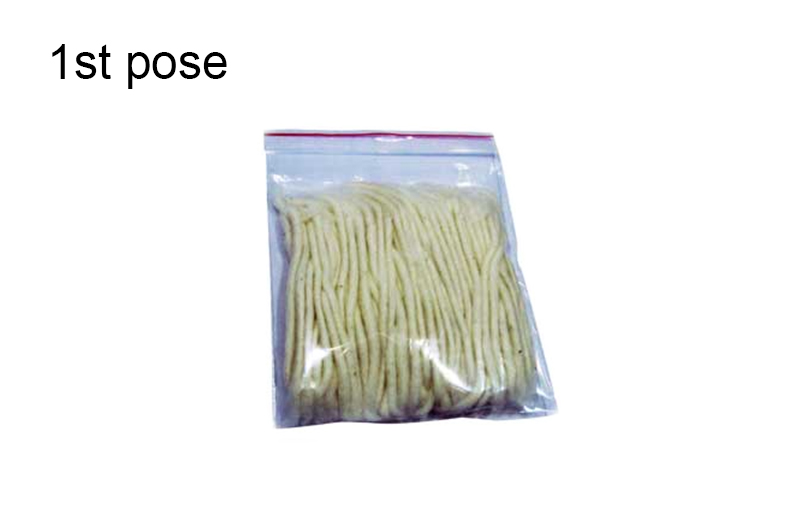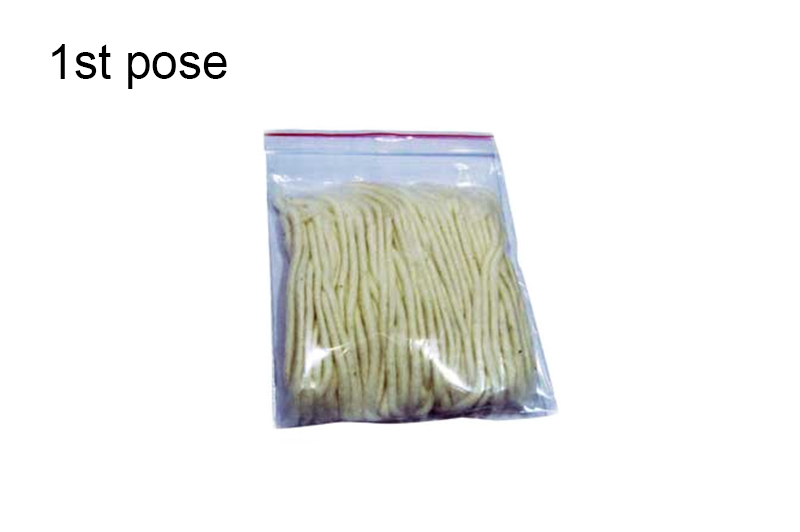Cotton Wicks for Puja: Significance and Usage
In Hinduism and many other Indian spiritual traditions, the act of worship, known as "puja" or "prayer," holds immense importance. One of the essential elements of a puja is the use of cotton wicks, which are lit as oil lamps or candles. These cotton wicks play a significant role in connecting the devotee with the divine and have deep symbolic meaning. Lets explore the significance and usage of cotton wicks in puja ceremonies.The Symbolism of Cotton Wicks
Cotton wicks are not merely practical tools for illumination during a puja; they carry profound symbolism and spiritual significance:Symbol of Purity: Cotton, being a natural fiber, symbolizes purity and simplicity. It represents the purity of heart and mind that a devotee should possess while engaging in worship.
Dispelling Darkness: Lighting a cotton wick represents the dispelling of ignorance and darkness from ones life. It signifies the journey from ignorance to knowledge and from despair to hope.
Offering to the Divine: Lighting a lamp is considered an offering to the divine. It is a way of inviting the deity into ones presence and seeking their blessings.
Connection with the Divine: The flame of the cotton wick is believed to represent the divine presence. It is a medium through which a devotee connects with the gods and goddesses.
Types of Cotton Wicks
Cotton wicks used in puja come in various forms:Single-Tipped Wicks: These are the most common type of cotton wicks used in puja. They are made by twisting cotton fibers into a thin, cylindrical shape and are often used in oil lamps or diyas.
Multiple-Tipped Wicks: These wicks have multiple tips and are used in larger oil lamps or aarti (ceremonial waving of the lamp) to create a more intense and brilliant flame.
Long Cotton Wicks: These wicks are longer and are used in rituals that require the flame to be held at a distance from the worshipper, such as during the arati ceremony.
Kapoor Kandil: A special type of cotton wick used with camphor in certain rituals to create a fragrant and purifying flame.
Usage of Cotton Wicks in Puja
Cotton wicks are used in various ways during a puja:Lighting Oil Lamps: The most common use of cotton wicks is in lighting oil lamps or diyas. Devotees place these lamps in front of deities as an offering of light.
Aarti: During the aarti ceremony, cotton wicks are used to create a beautiful and symbolic display of light. They are waved in front of the deity in a circular motion while singing hymns.
Prayer Candles: In some traditions, cotton wicks are used to light prayer candles, which are then placed on altars or in sacred spaces.
 Google has chosen Shaligram Shala ( shaligram.com) as the world's first 5 star
Google has chosen Shaligram Shala ( shaligram.com) as the world's first 5 star  rated Rudraksha supplying Company
rated Rudraksha supplying Company 

























































